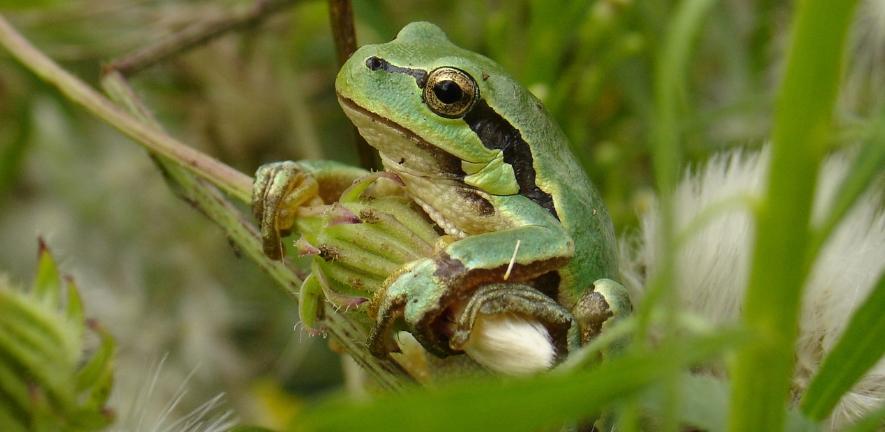
Submitted by Abigail Youngman on Thu, 16/01/2025 - 22:03
A new study published in the journal Bioscience on the global ornamental plant trade describes how insects, fungi, reptiles, spiders and agricultural pests are being transported live and undetected across the world on cut flowers and inside pot plants. Despite regulations and border checks, the sheer volume of trade makes it difficult to monitor and control.
The study’s authors include Professor William Sutherland and Dr Silviu Petrovan, members of the Dept of Zoology.
Professor Sutherland said, “Adult snakes and lizards are just the tip of the iceberg. If they’re getting through, what’s the chance of us spotting small insects and fungi – the things that really cause the problems?”
“Even with the best of intentions, unwanted hitchhikers are getting through customs import checks all the time,” said Dr Silviu Petrovan, who is a senior author of the paper.
The study calls for an improvement in production standards and the collection and sharing of data on specific risks from trade to allow for mitigation.
Related links:
Snakes in potted olive trees are 'tip of the iceberg' of ornamental plant trade hazards
Hinsley, A. et al: ‘Understanding the environmental and social risks from the international trade in ornamental plan.’ BioScience, January 2024. DOI: 10.1093/biosci/biae124
Media Coverage:
BBC online , BBC Radio 4 Today Programme (6:05am), BBC World Service (~3min50 in), BBC Radio 2 (~7:04am), Guardian , Telegraph , Times , Independent, MailOnline , Yahoo!News
Dr Petrovan and Professor Sutherland are part of St Catharine’s College BioRISC initiative.
The research was primarily funded by Arcadia and the David and Claudia Harding Foundation.
Image: European tree frog. A species often accidentally imported with flowers coming into the Netherlands. Credit: University of Cambridge
